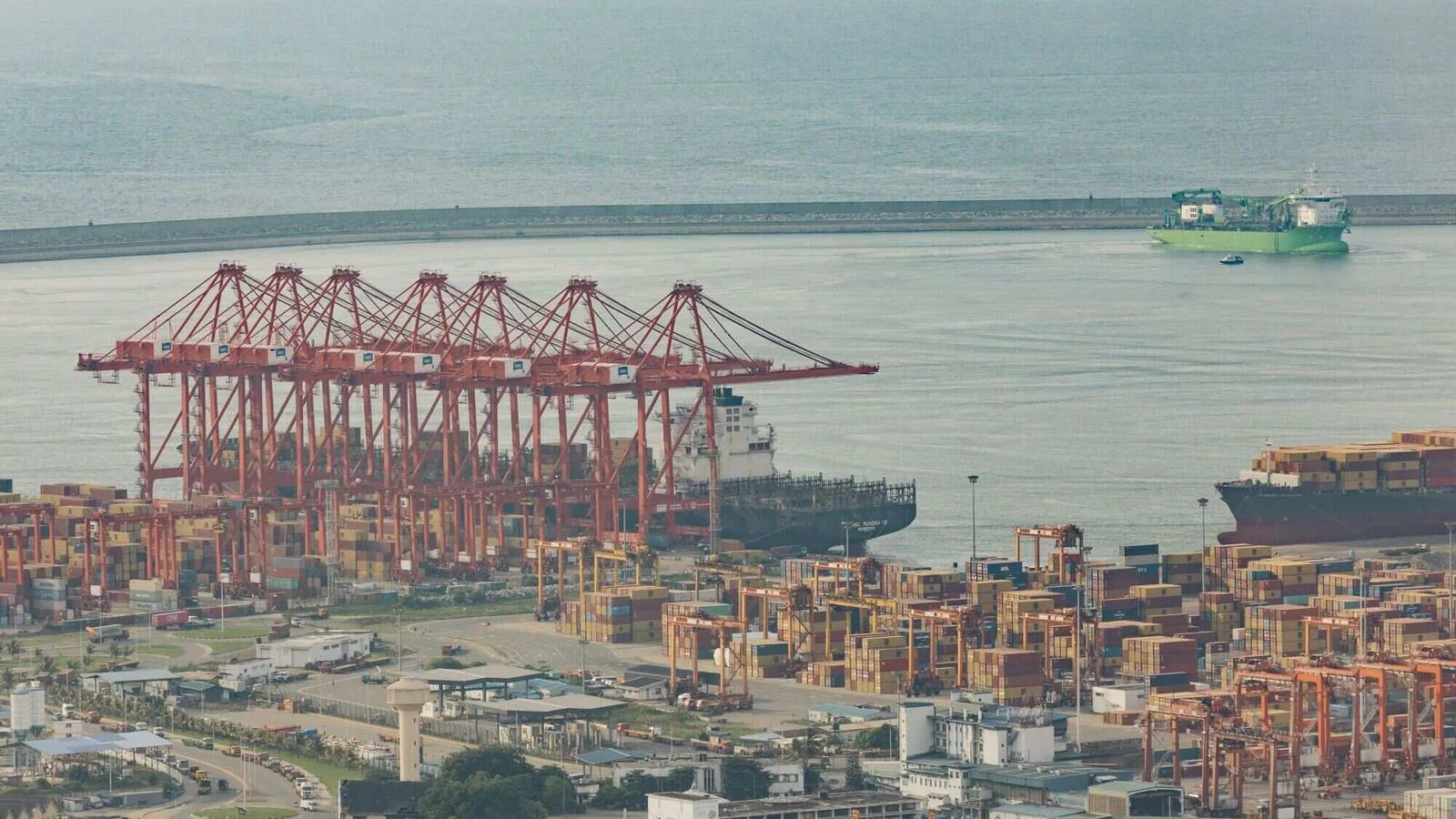
Central Government notifies Great Nicobar Transshipment Port as Major Port
NEW DELHI : The central government has officially notified the upcoming transshipment port at Galathea Bay in Great Nicobar as a major port, in a significant development. This strategic move marks a critical milestone in the ongoing efforts to transform the island into a major hub for transshipment, trade, and tourism.
India’s ports are classified as either major or minor, depending on their governance. Under the Indian Ports Act of 1908, major ports fall under the jurisdiction of the Central Government, while minor ports are managed by the respective State Governments.
Major ports, by their designation, receive direct administrative oversight from the Central Government and are eligible for central funding, which significantly boosts their development and operational capacities.
The notification of the transshipment port at Galathea Bay as a major port places it directly under the administrative control of the Ministry of Ports, Shipping, and Waterways. This designation not only aligns the port with national strategic priorities but also unlocks opportunities for substantial central funding. According to a recent report, the development of this port will be managed by a Special Purpose Vehicle (SPV) comprising four state-owned ports: Deendayal Port Authority, Jawaharlal Nehru Port Authority, Paradip Port Authority, and V O C Port Authority.
The Great Nicobar Mega Project is a transformative initiative aimed at establishing the island as a key player in global trade and commerce. The project encompasses four primary components: an international transshipment port, an international airport, a large power plant, and a new township. While the idea of an international transshipment port at Great Nicobar is not new—it has been discussed since the 1970s—the recent developments signal a renewed commitment to bringing this vision to fruition.
For decades, settlers on Great Nicobar have referred to the prospective port as the ‘Free Port,’ with stories of its potential to revolutionize the island’s economy being passed down through generations. With the official notification as a major port, this long-anticipated project is now closer to becoming a reality, promising to bring unprecedented economic growth and development to the region.
